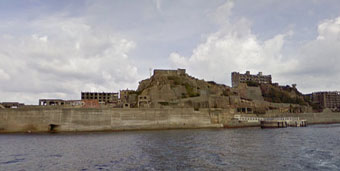Jupiter is believed to be the oldest planet in our Solar System, having formed just one million years after our Sun and roughly 50 million years before Earth.
Link Location AU ← Find Best directions
Gps Coordinates / 44°53'04.48" / 26°27'08.26"
Jupiter SE VR Space
5.61AU Phase=0.641 Dwarf Moon Adrastea 86881.88 Miles Jupiters Outer Perimeter
Jupiter's mass is 318 times that of Earth, 2.5 times that of all the other planets in the Solar System combined.
Outside Cold Jupiter 86881.88 Miles
Moon IO depicts it's shadow from our near distant sun, unlike earth Jupiter was formed by our Sun
Link Location Gps 38°02'57.91"
Gps Coordinates / 38°02'57.91" / -60°51'29.79"
Dwarf Moon Metis-classed Cold Asteroid - 5.61AU //// Phase=0.578 86881.88 Miles //// Moon Callisto / Jupiter IV - class=Cold airless miniaquaria 86881.88 Miles (oops on mileage)
Jupiter was named after the chief god of the divine pantheon: Zeus to the Greeks and Jupiter to the Romans.
Link Location Gps / Gps Link 81° 26'39.41" / Gps Link 7°11'58.09" / Gps Link 44°57'00.52"
Gps Coordinates / 81° 26'39.41" / 128°28'09.09" / 7°11'58.09" / -14°38'44.04" / 44°57'00.52" / -91°27'20.39"
A well-known feature of Jupiter is the Great Red Spot, a persistent anticyclonic storm located 22° south of the equator.
The volcanoes on the moon Io emit large amounts of sulfur dioxide, forming a gas torus along its orbit.
Moon Callisto / Jupiter IV - class=Cold airless miniaquaria 1189251.42 Miles
Since 1976 named its newly discovered satellites for the god's lovers, favourites, and descendants.
Link Location Gps / Gps Link 29°01'44.85" / Gps Link 50°26'41.10" / Gps Link 51°26'41.10"
Gps Coordinates / 29°01'44.85" / -152°15'57.41" / 50°26'41.10"/-161°56'12.71" / 51°26'41.10"/-161°56'12.71"
The Blue gas areas shows an enhanced colour view of Jupiter's southern storms
The orange and brown colours in the clouds of Jupiter are caused by upwelling compounds that change colour when they are exposed to ultraviolet light from the Sun.
Same as above with the IO moon shadow from our nearby Sun
In Latin, Iovis is the genitive case of Iuppiter, i.e. Jupiter. It is associated with the etymology of Zeus ('sky father').
Link Location Gps 38°02'57.91"
Gps Coordinates / 38°02'57.91" / -60°51'29.80"
The cloud layer is about 31 miles deep, and consists of at least two decks of ammonia clouds: a thin clearer region on top with a thick lower deck.
Jupiter radiates more heat than it receives through solar radiation, due to the Kelvin–Helmholtz mechanism within its contracting interior.
Jupiter is thought to have about as large a diameter as a planet of its composition and evolutionary history can achieve.





























